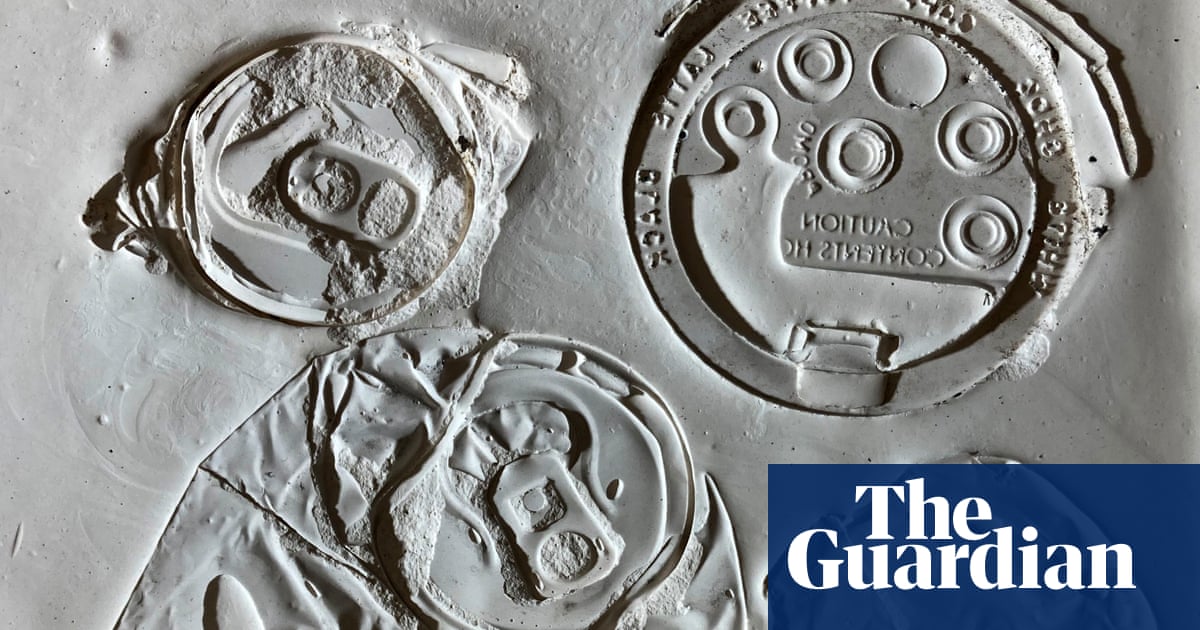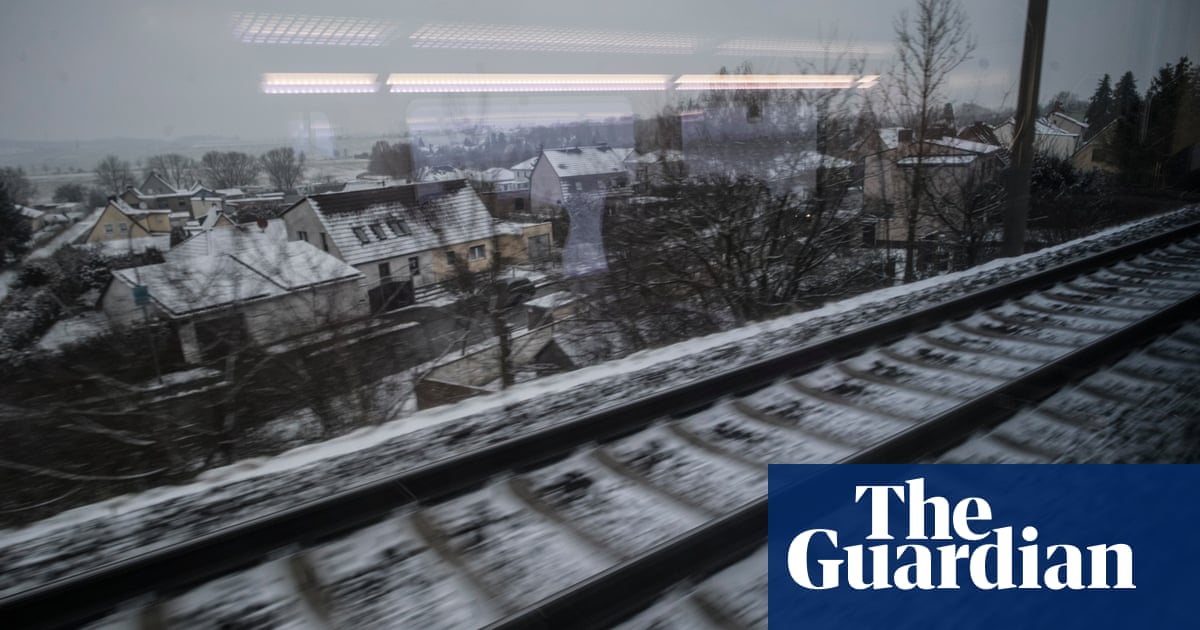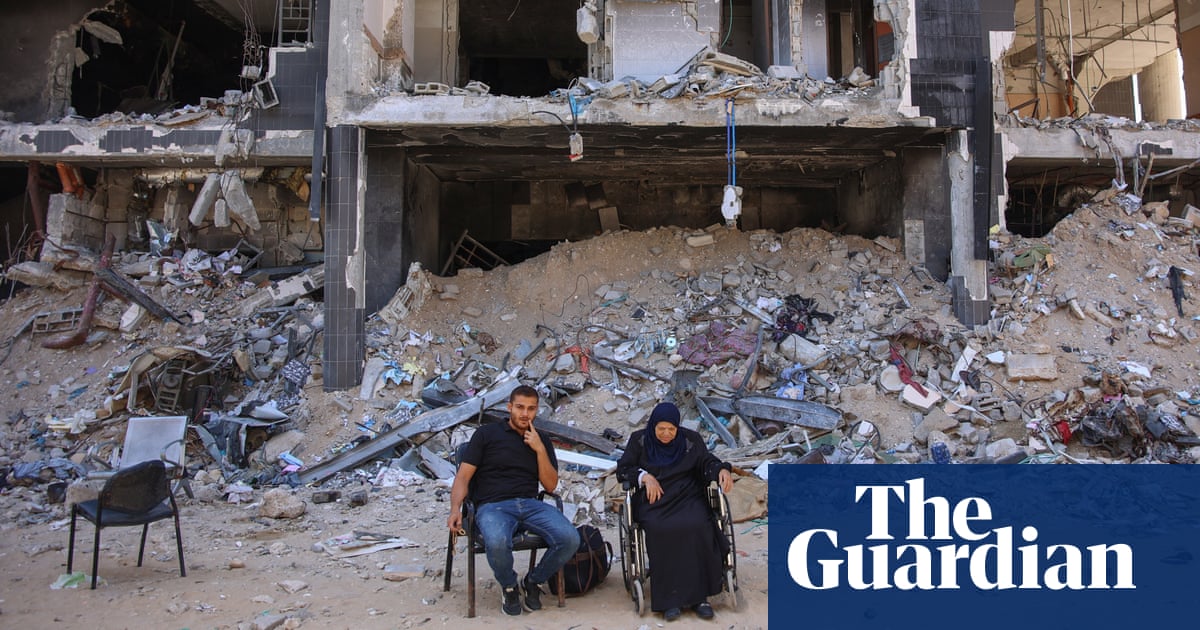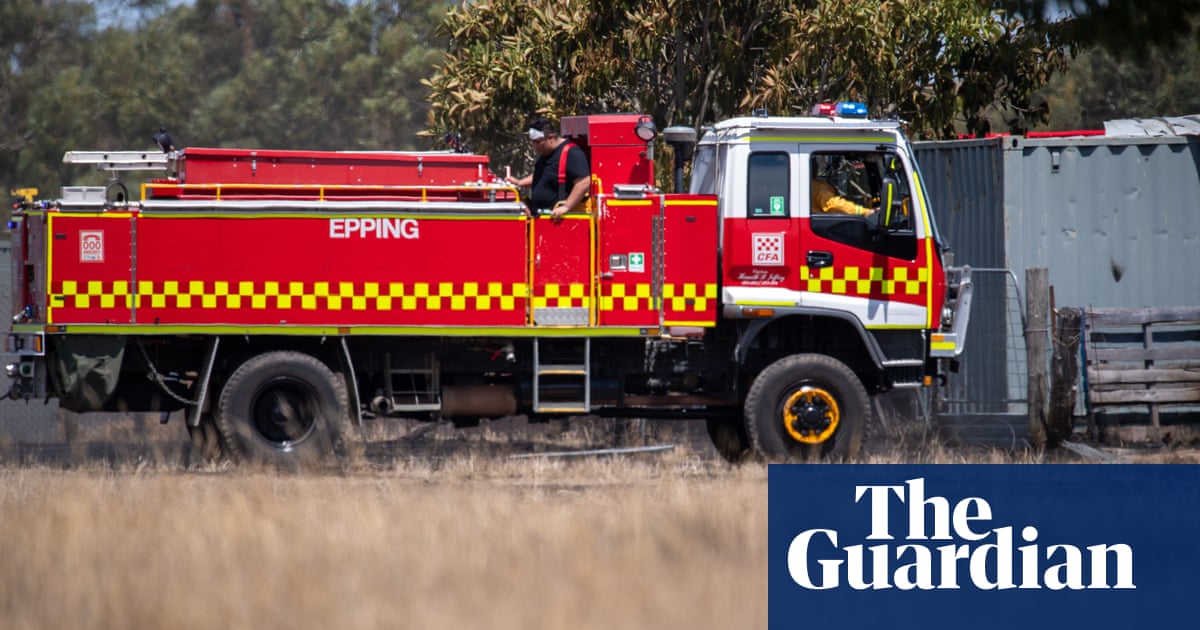When the Taliban began a sweeping redevelopment drive in Kabul soon after returning to power three years ago, they claimed there was a need to modernise Afghanistan’s historic capital. A new investigation, however, reveals that the Taliban’s regeneration programme has left thousands of people homeless and had a brutal impact on the most vulnerable communities, with claims of properties being demolished with children still inside.
Using satellite imagery, social media footage and testimony from Afghan residents, the findings offer a first comprehensive insight into the Taliban’s ambitious redevelopment of Kabul – but also its true cost.
Satellite analysis indicates that 1.56 sq km (385 acres) of the city – the equivalent of more than 220 football pitches – was flattened within the city between August 2021 and August 2024.
The investigation, a collaboration between the Guardian, the Centre for Information Resilience’s Afghan Witness project, Lighthouse Reports and the Afghan news outlets Zan Times and Etilaat Roz also uncovered signs that the destruction is in part linked to ethnicity.
The satellite analysis, carried out by Afghan Witness, showed that of the six most-affected districts – where at least 50,000 sq metres (12 acres) of residential properties were demolished – three were areas populated by the minority Hazara community and two were populated by the minority Tajiks.
Most affected was Kabul’s District 13, a predominantly Hazara area.
The investigation also analysed the large-scale razing of “informal settlements”. In some cases, the destruction of the sprawling slums, which are typically inhabited by poorer communities displaced by conflict or climate change – have been conducted so brutally that residents reported injuries and deaths.
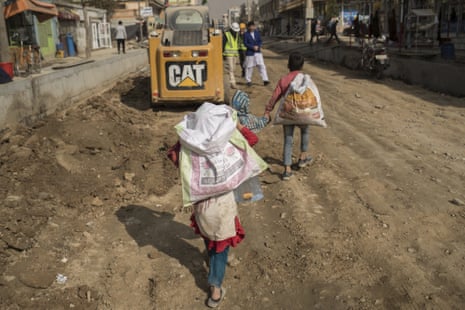
In at least two settlements, residents allege that homes were demolished with people still inside. In one large slum – in Kabul’s District 22 – evicted families alleged that a four-year-old and a 15-year-old died during its demolition.
“Women, children and elderly men were begging for them to stop the destruction until we can find a shelter, but they wouldn’t listen,” said a resident, who had spent a decade in the settlement after being displaced from Pakistan.
He claimed in the aftermath of the demolition his young niece also died from lack of shelter after their home was destroyed during the heat of summer.
Residents who attempted to film such demolitions were reportedly beaten.
In another significant destruction of an informal settlement in the north of the city, the Taliban’s administration in Kabul tweeted a series of photos in August 2024 chronicling bulldozers razing structures.
Residents described scenes of mayhem and desperation as the site was demolished. “It was like the earthquake in Herat [which killed thousands last year]. Houses were buried; all our belongings were also buried,” said one resident.
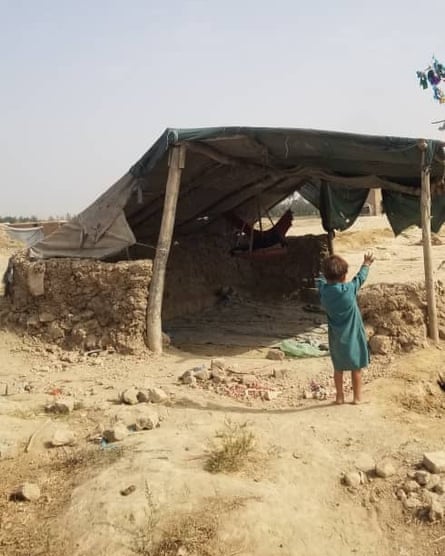
Others testified that homes were demolished with people inside. “My nephew came by, crying that his mother and brother were inside the house and the loader was demolishing it,” said one.
Jalaluddin, who lived in the settlement with nearly 50 family members for two decades, said he could not afford to rent a new home and was now living in an abandoned factory.
“We don’t even have tents – we just have shelters made from plastic pieces. Some days we don’t have anything to eat. We sleep with an empty stomach,” he said.
Many of the land-clearance projects in residential areas are for building or widening roads.
Fakhrullah Sarwari, an urban planner who worked with the former Afghan government, said: “Most of these plans were part of previous government plans, but they were unable to be implemented because they couldn’t force people to evacuate the area.
“We do need better mobility, but with the majority of the population living below the poverty line, demolishing homes to build wider roads doesn’t address underlying issues,” he said.
Human rights groups say women are particularly vulnerable after eviction, warning it can increase gender-based violence.
One woman, interviewed by Zan Times, reveals the difficulties of female-led households. Offering cleaning services door to door, she earns between one and three dollars a day and has struggled to get compensation from the Taliban after they demolished her home in a residential area in north Kabul.
One reason is that she is not allowed into Kabul’s municipal offices without a male guardian to accompany her, under the Taliban’s rules of segregation.
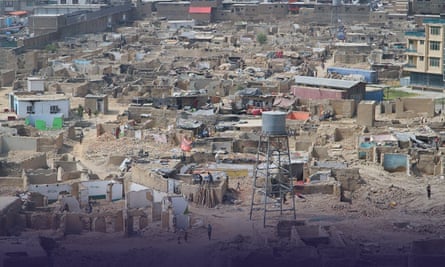
Another woman who lost her home in the same area can no longer work due to Taliban restrictions. Denied compensation, her family must rely solely on her husband’s modest income repairing shoes.
Of a dozen people evicted who were interviewed for the investigation, only one had found permanent accommodation since their eviction. Residents say fear prevents them from protesting at the destruction of their homes.
The demolitions come months after the UN warned that Afghanistan’s economy had “basically collapsed” with rampant food insecurity and 6.3 million people displaced within the country.
One woman, whose family home of 40 years was demolished in August 2023, said: “At first, they told us that they would compensate us and not leave us homeless, but once the houses were demolished, nobody cared about us.”
Her family stopped travelling to the municipal offices to ask for their compensation when they could no longer afford the bus fare.
The Taliban authorities have not commented on the findings. They have previously justified the demolition of informal settlements as reclaiming stolen land acquired by “opportunists and usurpers”. They also state that residential land is often cleared for infrastructure projects.
* Additional reporting by Sabrina Slipchenko, Elyas Nawandish and Kreshma Fakhri

 3 months ago
54
3 months ago
54




